Taking proper care of trees is essential to ensure their health and longevity. Trees provide us with shade, oxygen, and beauty, so it is important to provide them with the best care possible. Watering and fertilizing are two of the most important parts of caring for trees, but not everyone knows the best practices for doing so. In this article, we will cover the best practices for watering and fertilizing trees, so you can make sure your trees are healthy and beautiful.
We'll discuss how much water a tree needs, the different ways you can water it, when to fertilize it, and which type of fertilizer to use. We'll also discuss some common mistakes people make when watering and fertilizing trees, so you can avoid them. By following these best practices for watering and fertilizing your trees, you can ensure they stay healthy and beautiful for years to come. The proper watering and fertilizing of trees is essential for keeping them healthy and strong. Trees need different amounts of water and fertilizer depending on their age, species, soil type, climate and location.
Established trees and mature trees typically need less water and fertilizer than new trees.
Watering Trees
In order to ensure your trees are getting enough water, you should water them deeply and infrequently. This allows the roots to grow deep and strong. Depending on the climate, you may need to water your trees once or twice a week. To determine how much water your tree needs, you should check the soil around the tree for dryness.If the top two to four inches of soil feels dry, it is time to water your tree. You should also factor in the size of the tree and the amount of rain received when determining how much water to give your tree. To ensure that your trees are getting enough water, you should use a soaker hose around the tree’s root zone. This will help to conserve water by preventing runoff and will also help ensure that all parts of the root zone receive enough water. You should also avoid using sprinklers or hoses with high pressure, as these can damage the tree’s roots.
Fertilizing Trees
In order to keep your tree healthy, you should fertilize it with a slow-release fertilizer.This type of fertilizer will provide your tree with nutrition over a longer period of time and will help to prevent fertilizer burn. When fertilizing your tree, you should apply it in the spring and again in the fall. The amount of fertilizer you should use depends on the size of your tree and the type of soil it is growing in. If the soil is sandy, you may need to use more fertilizer than if the soil were loamy. It is important to note that mature trees do not typically require much fertilizer.
If you notice signs of nutrient deficiency in an established or mature tree, such as yellowing leaves or slow growth, a soil test can help you determine if your tree needs more fertilizer.
Signs That Your Tree Needs More or Less Water or Fertilizer
If your tree is not getting enough water or fertilizer, you may notice signs of stress such as yellowing leaves, wilting or drooping branches, or slow growth. On the other hand, if your tree is getting too much water or too much fertilizer, you may notice brown spots on the leaves, leaf drop, root rot, or nutrient burn. Paying close attention to your tree’s health can help you identify any problems with its watering or fertilizing regimen.Factors That Affect Water and Fertilizer Needs
Climate is an important factor when determining how often and how much to water or fertilize your tree. Trees in hotter climates will need more frequent watering than those in cooler climates.Soil type can also affect how much water and fertilizer a tree needs; sandy soils require more frequent watering than loamy soils. The species of tree can also affect its water and fertilizer needs; some species require more frequent watering than others.
Seeking Professional Advice
If you are having trouble determining how much water or fertilizer your tree needs or if you are unsure about any other aspects of its care, it is best to seek professional advice from an arborist or other qualified expert. They can help you identify any problems with your tree’s health that may be related to its watering and fertilizing regimen. Properly watering and fertilizing trees is essential for keeping them healthy and strong. By understanding the differences between new trees, established trees, and mature trees in regards to their water and fertilizer needs, as well as factors such as climate, soil type, and species that can affect their needs, you can ensure that your trees get the care they need.How Much to Water Trees
Watering is an essential part of taking care of trees, and the amount that each tree needs depends on its species and size.Generally, trees need at least one inch of water every week, either from rainfall or from irrigation. This is especially true during the summer months when temperatures are higher and trees are more vulnerable to drought stress. The best way to determine if a tree has been adequately watered is to use a soil moisture meter or a simple soil auger. These tools will measure the moisture content in the soil and help you determine when a tree needs more water. If the soil is dry, it means that the tree is not getting enough water. When watering trees, it is important to use an efficient method that conserves water.
A drip irrigation system is one of the most efficient ways to water trees, as it slowly delivers water directly to the roots of the tree. It is also important to avoid overwatering, as this can lead to root rot and other problems.
When to Fertilize Trees
Fertilizing trees is an important part of proper tree care and should be done at different times depending on the age of the tree. Newly planted trees should be fertilized immediately after planting, and then again every three to four weeks until the tree is established. Established trees should be fertilized in early spring and then again in late summer or early fall.Mature trees should be fertilized twice a year, once in early spring and then again in late summer or early fall. For newly planted trees, fertilizing during the colder months is not recommended as this can cause root damage. It is important to fertilize mature trees during the growing season as this will provide them with the nutrients they need to stay healthy and strong. When fertilizing mature trees, make sure to use a slow-release fertilizer which will provide the tree with essential nutrients over a longer period of time. It is important to note that too much fertilizer can be detrimental to the health of your trees. Be sure to follow the instructions on the fertilizer packaging carefully and avoid over-fertilizing your trees.
When to Water Trees
Properly watering trees is essential for keeping them healthy and strong.The amount of water a tree needs depends on its size, age, and the season. Newly planted trees require more frequent watering than established or mature trees, and the amount of water needed will change depending on the season.
Newly Planted Trees
- When planting a tree, make sure to water it every 2-3 days for the first few weeks. During summer months, it may need to be watered more often. If you can’t water it every day, then cover the soil with mulch to help keep it moist.During the winter months, water newly planted trees less frequently as they need less water during this time.
Established Trees
- Established trees should be watered at least once a week for the first month after planting. After that, you can reduce watering to once every two weeks. During hot and dry weather, you may need to increase watering to twice a week. In winter, you can reduce watering to once every three weeks.Mature Trees
- Mature trees are able to tolerate periods of drought better than younger trees, but it’s still important to provide them with regular watering.During the summer months, water your mature trees every 2-3 weeks. During the winter months, water your mature trees once a month or less.
How Much Fertilizer to Use
The amount of fertilizer you need to use depends on the type of tree you are caring for. Different species of trees have different nutritional needs, so it is important to know what type of tree you have before applying fertilizer. For example, coniferous trees like pine and cedar generally require less fertilizer than deciduous trees like maple and oak. When fertilizing a tree, it is important to apply the right amount.Too much fertilizer can damage the tree’s roots and leaves, while too little will not provide enough nutrition. To determine the right amount of fertilizer, you should consult the manufacturer’s instructions. Many fertilizers are available in both granular and liquid forms, so make sure to read the instructions carefully before applying. When applying fertilizer, it is also important to consider the timing. Most trees prefer to be fertilized in the late spring or early summer when they are actively growing.
Applying fertilizer in the fall or winter can cause excessive growth that the tree may not be able to support during the cold months. Finally, it is important to monitor your tree’s growth after applying fertilizer. If your tree appears healthy and vibrant, it is likely that you have applied the right amount of fertilizer. If your tree looks weak or pale, you may need to adjust the amount of fertilizer you are using.
Climate, Soil Type, and Tree Species Affecting Water and Fertilizer Needs
The climate, soil type, and tree species of the area where your tree is planted can play a major role in determining its water and fertilizer needs. For example, trees planted in dry climates need more frequent watering than those planted in humid climates, while trees planted in sandy soils require more frequent fertilization than those planted in clay soils.Additionally, the type of tree species can also determine the watering and fertilizing requirements, as some trees are more drought-tolerant or require more nutrients than others. To ensure your tree is getting the proper amount of water and fertilizer, it is important to take into account these three factors. Here are some tips for adjusting your watering and fertilizing practices based on the climate, soil type, and tree species:Climate:In dry climates, it is important to water your trees more frequently as they are more susceptible to drought. Additionally, you should also use mulch around the base of your trees to help retain moisture. In humid climates, you should still water your trees regularly, but less frequently than in dry climates.
It is important to make sure the soil does not become soggy or waterlogged.
Soil Type:
In sandy soils, it is important to fertilize your trees more frequently as they are less able to hold onto nutrients. Additionally, you should also consider using organic matter such as compost to help improve the soil structure and increase nutrient retention. In clay soils, you should still fertilize your trees regularly, but less frequently than in sandy soils.Tree Species:
Some tree species are more drought-tolerant than others and require less frequent watering. Other tree species require more frequent watering and fertilizing due to their high nutrient needs.Make sure to research the specific needs of your particular tree species before adjusting your watering and fertilizing practices.
How to Water Trees Efficiently
Hand-watering is a method of watering trees that involves using a simple garden hose to deliver water to the tree's root system. This method is often used for smaller trees, and it allows you to control the amount of water that is applied. However, it can be time-consuming and requires frequent monitoring to ensure that the tree is receiving an adequate amount of water.Soaker hoses
are a more efficient way of delivering water to trees, as they slowly release water over a period of time.This allows for better absorption and less runoff. Soaker hoses should be placed around the base of the tree and connected to a timer or a manual shut-off valve. This helps ensure that the tree receives the right amount of water over the course of the day.
Irrigation systems
are automated systems that can be used to deliver water to trees and other plants.These systems are typically installed by a professional, but they can be costly and require regular maintenance. Additionally, they require careful monitoring to ensure that trees are receiving an adequate amount of water.
Drip systems
are an efficient way to water trees as they deliver water directly to the roots, resulting in less water waste. Drip systems are typically installed by a professional, but they can be expensive and require regular maintenance.However, they are an ideal choice for larger trees that require more frequent watering. To set up an efficient irrigation or drip system for your trees, it is important to select the right equipment for your needs. There are many different types of irrigation systems and drip systems available, so it is important to select one that will meet your tree's specific needs. Additionally, it is important to properly install the system and monitor it regularly to ensure that trees are receiving the right amount of water.
It is also important to adjust the system as needed during periods of heavy rain or drought.
Signs That a Tree Needs More or Less Water or Fertilizer
Understanding the signs that a tree needs more or less water or fertilizer is essential to keeping it healthy and strong. When a tree is not getting enough water or fertilizer, it can start to show signs of distress. Wilting leaves, discolored leaves, and weakened branches are all signs that your tree may be in need of more water or fertilizer. Wilting leaves can be one of the first signs of a tree needing additional water or fertilizer.Leaves will often droop or curl if they are not receiving adequate moisture. Leaves may also become discolored and turn yellow or brown if the tree is lacking nutrients from fertilizer. Weak branches are another indication that a tree might need more water or fertilizer. Branches can become weak and brittle due to lack of nutrients, making them more susceptible to breakage and disease.
If you notice any of these signs on your tree, it's important to take action right away. Make sure to water your tree regularly and provide it with the proper nutrients from fertilizer. Doing so will help ensure that your tree stays healthy and strong for years to come.
What Type of Fertilizer to Use
When it comes to fertilizing trees, there are two main types of fertilizer available: organic and synthetic. Both types have their pros and cons, so it's important to consider which type of fertilizer is best for your specific type of tree.Organic Fertilizer
Organic fertilizers are made from natural materials such as compost, animal manure, fish emulsion, and seaweed.They provide trees with a slow release of nutrients over a long period of time. Organic fertilizers can also improve the soil's texture and drainage.
Synthetic Fertilizer
Synthetic fertilizers are typically made from chemicals and minerals. They can provide trees with a quick boost of nutrients, but they need to be applied more often than organic fertilizers. These fertilizers can also be harsh on the soil, so they should be used sparingly.Which Fertilizer is Best?
The type of fertilizer you choose will depend on the type of tree you have.Generally speaking, organic fertilizers are best for most types of trees because they are less likely to cause damage to the soil. However, if your tree is in need of a quick boost of nutrients, then a synthetic fertilizer may be the better option. Following best practices for watering and fertilizing your trees is essential to keeping them healthy and strong. When watering, it is important to consider the tree's species, soil type, and climate, as well as the time of year, how much water to use, and whether or not the tree needs more or less water. Similarly, when fertilizing, you should consider the type of fertilizer to use, how much fertilizer to use, and whether or not the tree needs more or less fertilizer.
If you have any questions or concerns about caring for your trees, it is always best to contact a professional for advice.
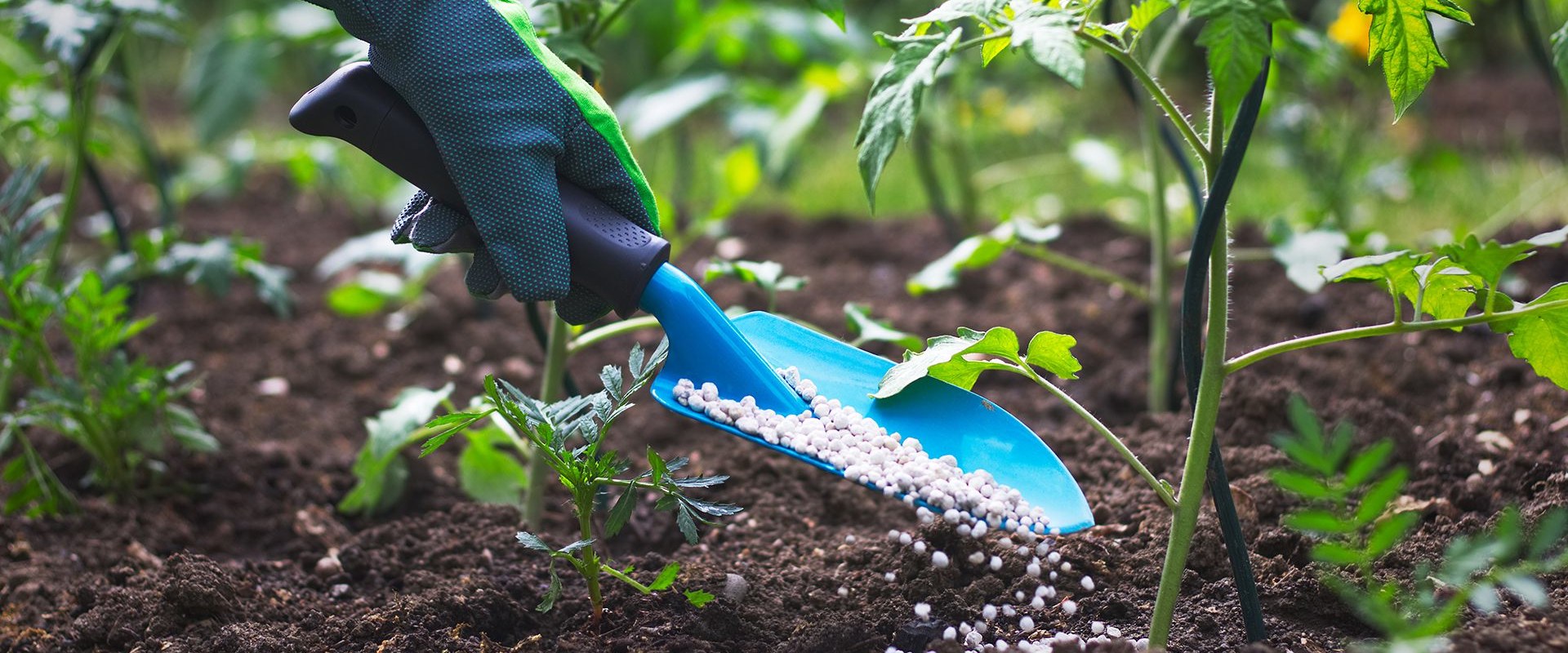
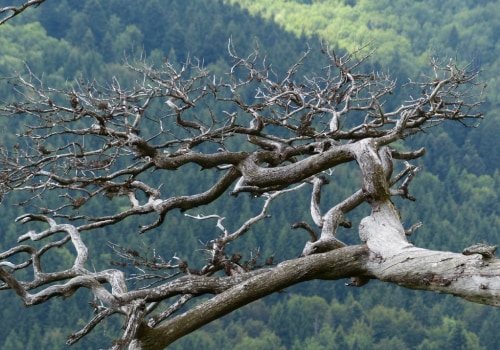
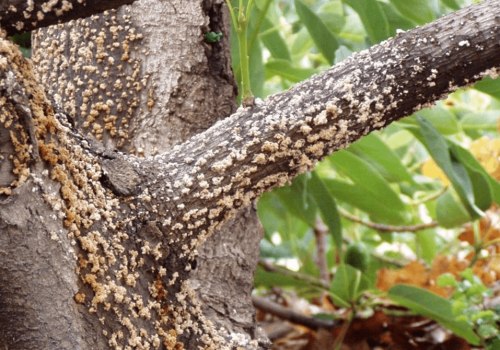
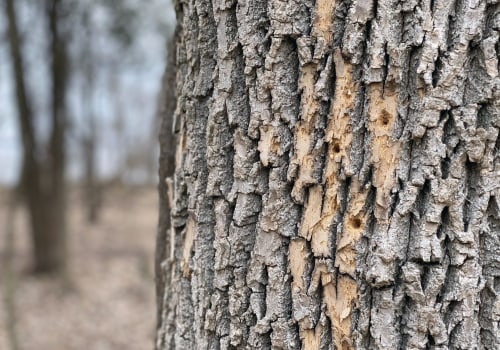
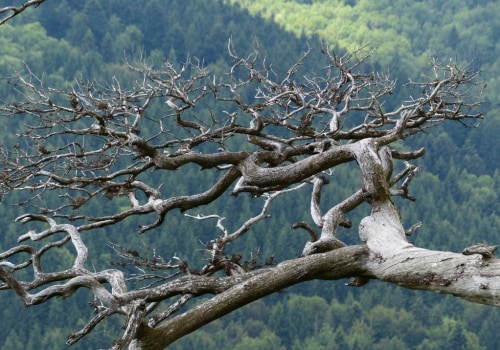
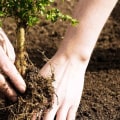

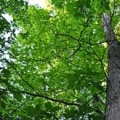
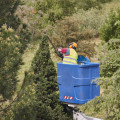
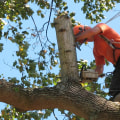
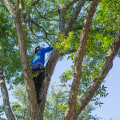
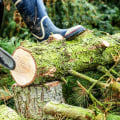
Leave Message